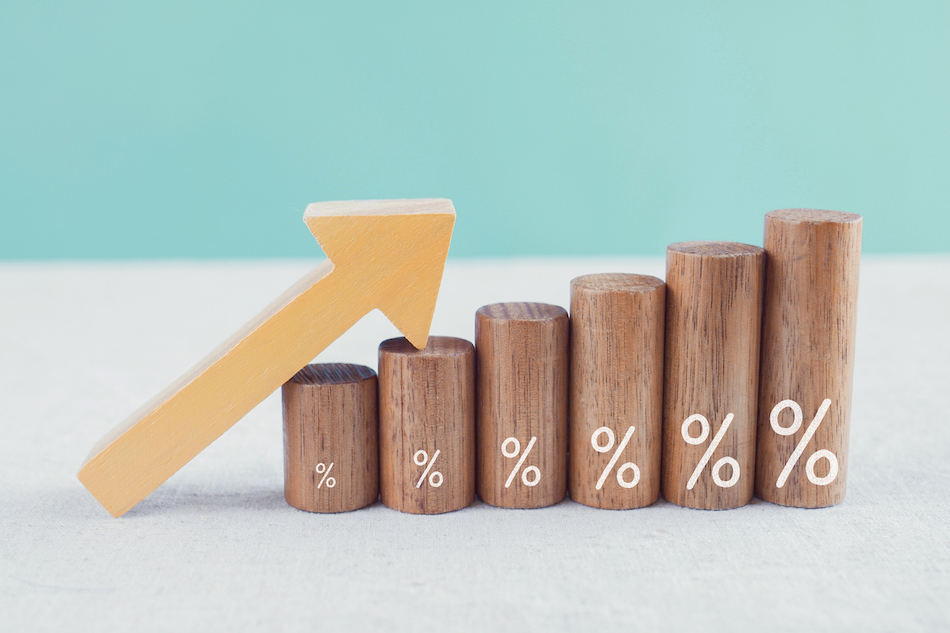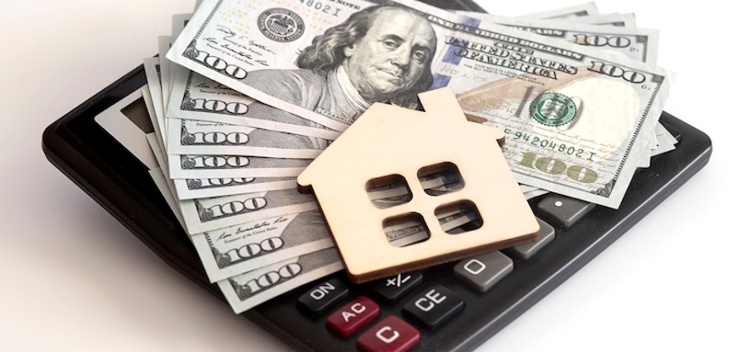Over the past few years, home values in most markets have significantly increased, generating significant equity increases for buy-and-hold real estate investors.
There’s no doubt that having a lot of equity is a good situation to be in. However, having accrued equity in a rental property is like having money in the bank that isn't productive.
Tapping into equity offers the opportunity to generate additional income streams and scale up and grow a rental property portfolio without having to sell property you already own. We’ll discuss several ways to use the equity in your rental property to buy more.
Key takeaways
- Turning equity into cash can be used to make a larger down payment on another rental property, which may lead to a lower interest rate and more attractive loan terms.
- Cash-out refinances and home equity loans provide cash in a lump sum, while a home equity line of credit (HELOC) is a revolving line of credit to tap into accrued equity when and if the money is needed.
- Using a home equity loan or line of credit to raise funds to purchase another rental property means there are 3 mortgage payments to make.
- While there are various benefits to using equity in one rental property to buy another, there are also risks to consider.
How to access rental property equity to buy another
There are several ways for an investor to use the equity in one rental property to buy another rental. The choice varies on factors such as investment strategy, financial situation, and how soon the funds will be needed.
Cash-out refinance
A cash-out refinance is done by refinancing the current mortgage with a larger loan. Then, accumulated equity is pulled out as cash for the down payment or purchase of another rental property.
For example, if an investor has a rental property worth $200,000 with a current loan balance of $120,000, the equity is $80,000. A lender will typically allow a maximum loan-to-value (LTV) ratio of 75%, which means an investor could pull out $30,000 in equity, before any loan closing costs, by doing a cash-out refinance:
- Equity: $200,000 current value - $120,000 loan balance = $80,000 equity
- Maximum amount of new loan: $200,000 x 75% = $150,000
- Cash pulled out with refinancing: $150,000 new loan - $120,000 existing loan pay-off = $30,000
A cash-out refinance may be a good strategy if the interest rate on the new loan is the same or lower than the current loan’s interest rate. However, the new monthly mortgage payment will be larger because the new loan balance is bigger, which means the first rental property will generate less cash flow. On the other hand, an investor will now have 2 rental properties generating recurring monthly cash flow, provided that everything goes as planned.
Home equity loan
A home equity loan is a second mortgage that uses the property’s equity as collateral rather than refinancing the first loan.
As a rule of thumb, an investor can borrow around 80% of the value of a home across both the first and second mortgages. If a rental property is currently worth $200,000 and the current loan balance is $120,000, an investor may be able to pull out $40,000 in cash with a home equity loan:
- $200,000 x 80% = $160,000 - $120,000 loan balance = $40,000
A home equity loan may be a good alternative to a cash-out refinance if the interest rate on a new loan is higher than the existing loan. However, an investor will now have 2 monthly mortgage payments to make, and defaulting on the home equity loan could result in the property being foreclosed on.
Also, interest rates and loan fees are generally higher than those found in a cash-out refinance. The amount that can be borrowed, and the home equity loan interest rate, varies based on factors such as a borrower’s credit history, income, and total debt-to-income (DTI) ratio.
HELOC
A HELOC is a good financing strategy to ensure that cash will be available when and if an investor needs it.
Unlike a cash-out refinance and a home equity loan, where funds are received up front in one lump sum, a HELOC is similar to having a revolving line of credit to access the home's equity. Funds can be borrowed, repaid, and borrowed again during the draw period, similar to the way a credit card works.
A HELOC usually has a draw period of about 10 years, during which time funds can be borrowed, repaid, and borrowed again an unlimited number of times, similar to how a credit card works. At the end of the draw period, the balance is paid off by making regular monthly principal and interest (P&I) payments.
One advantage of using a HELOC is that an investor does not pay interest on unaccessed equity. Also, closing costs are usually lower, and interest rates may be fixed or variable, depending on the lender. Some lenders also allow interest-only payment during the draw period, which provides an investor with extra cash that can be used to generate another rental income stream before the repayment period begins.
Reverse mortgage
Also known as a Home Equity Conversion Mortgage (HECM), a reverse mortgage allows borrowers 62 or older to access home equity in a primary residence in one lump sum or as a line of credit.
Rather than making monthly payments, the reverse mortgage is paid off when a borrower moves, sells the primary residence, or passes away. Unfortunately, interest rates also accrue over the life of the loan, which may significantly reduce the home's equity if property prices don't continue to increase. On the other hand, a reverse mortgage may be worth considering for an investor who wishes to purchase a rental property to generate some extra income during retirement.
Pros and cons of using equity in one rental property to buy another
While turning equity into cash for purchasing another rental property may look good on paper, there are pros and cons to consider before taking out another loan.
Pros
- Taking out another loan puts accrued equity to productive use by creating an additional income stream from another rental property.
- It could increase the down payment on another rental property by combining equity with cash already saved.
- A larger down payment could result in a lower interest rate, lower monthly mortgage payment on another rental property, and increased cash flow.
- A home equity loan or HELOC may be a good solution if a second rental property is difficult to finance.
- Loan origination fees and interest rates may also be lower with a home equity loan or line of credit.
- A HELOC allows an investor to move fast when the right opportunity comes along instead of searching for down payment funds.
- It leaves other assets, such as retirement funds and cash savings, untouched by using equity as a ready source of cash.
Cons
- Equity is turned into debt that is then tied up in a second rental property loan.
- A cash-out refinance results in a 30-year mortgage starting all over again, while home equity loans and HELOCs can also run for several years.
- Less equity could also result in a property being “upside down” if the home value drops below the current mortgage balance.
- While multiple rental properties may generate multiple income streams, there is also an extra mortgage to pay.
- If the other rental property doesn’t go as planned, both rental properties could be at risk if an investor struggles to make multiple mortgage payments.
- A home equity loan will saddle an investor with 3 mortgage payments: 2 for the first rental property and one for the other.
- Interest payments on a home equity loan or HELOC may not be a tax-deductible expense, so it's essential to consult with a certified public accountant (CPA) or financial advisor before deciding.
- Tapping into equity to buy another rental will also create closing costs, which may range from 2% to 5% of the loan amount, depending on the type of financing used.
Closing thoughts
Using equity in a rental property to buy another can be a good strategy to turn an unproductive asset into one that generates income. Accrued equity sitting in a home is similar to having money in a bank account that doesn’t pay interest. But by turning equity into cash, an investor may be able to generate multiple income streams.
However, owning more than one rental property means multiple mortgages and expenses. That's why it's crucial to carefully crunch the numbers and consider different scenarios that may affect anticipated returns and monthly cash flows.










